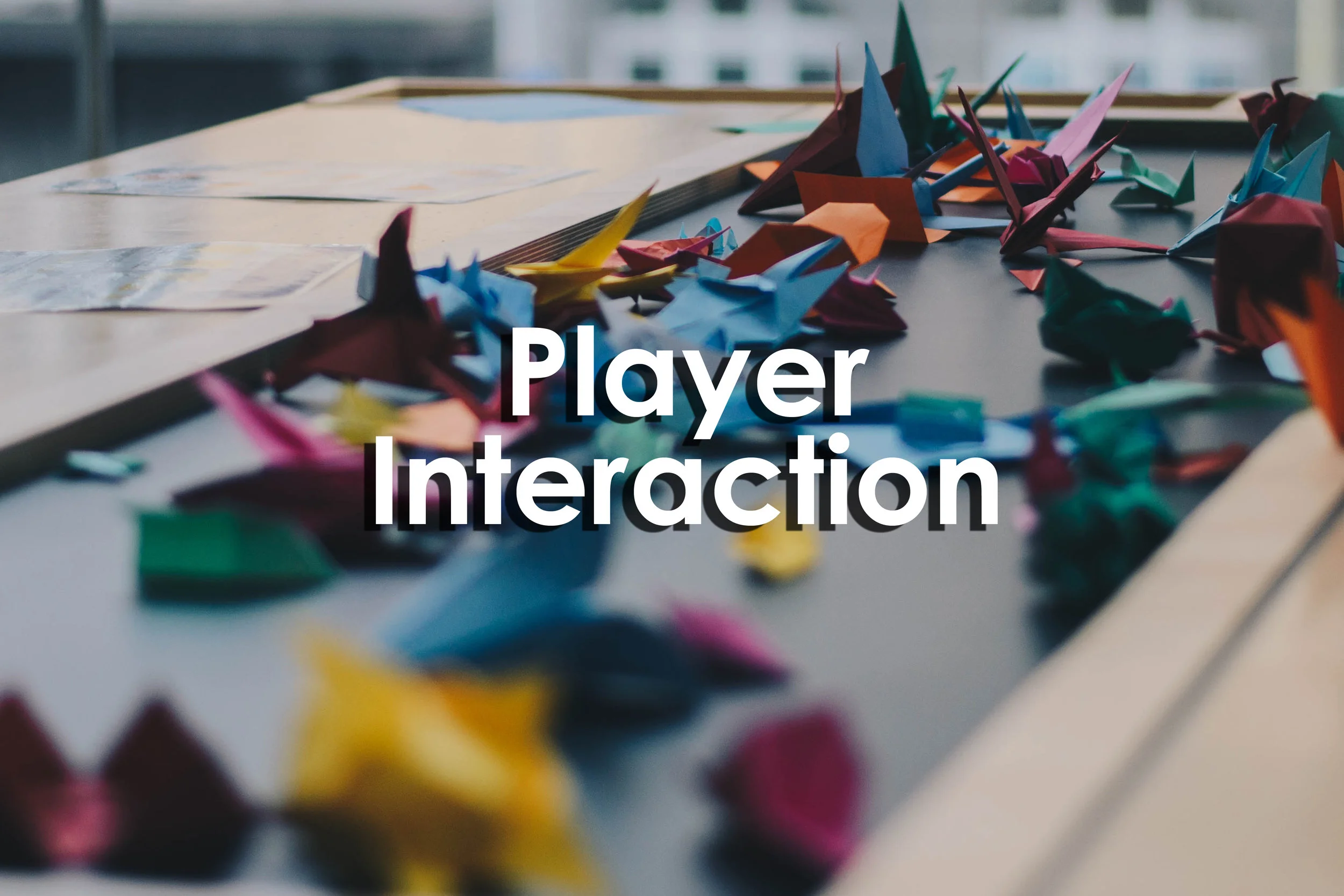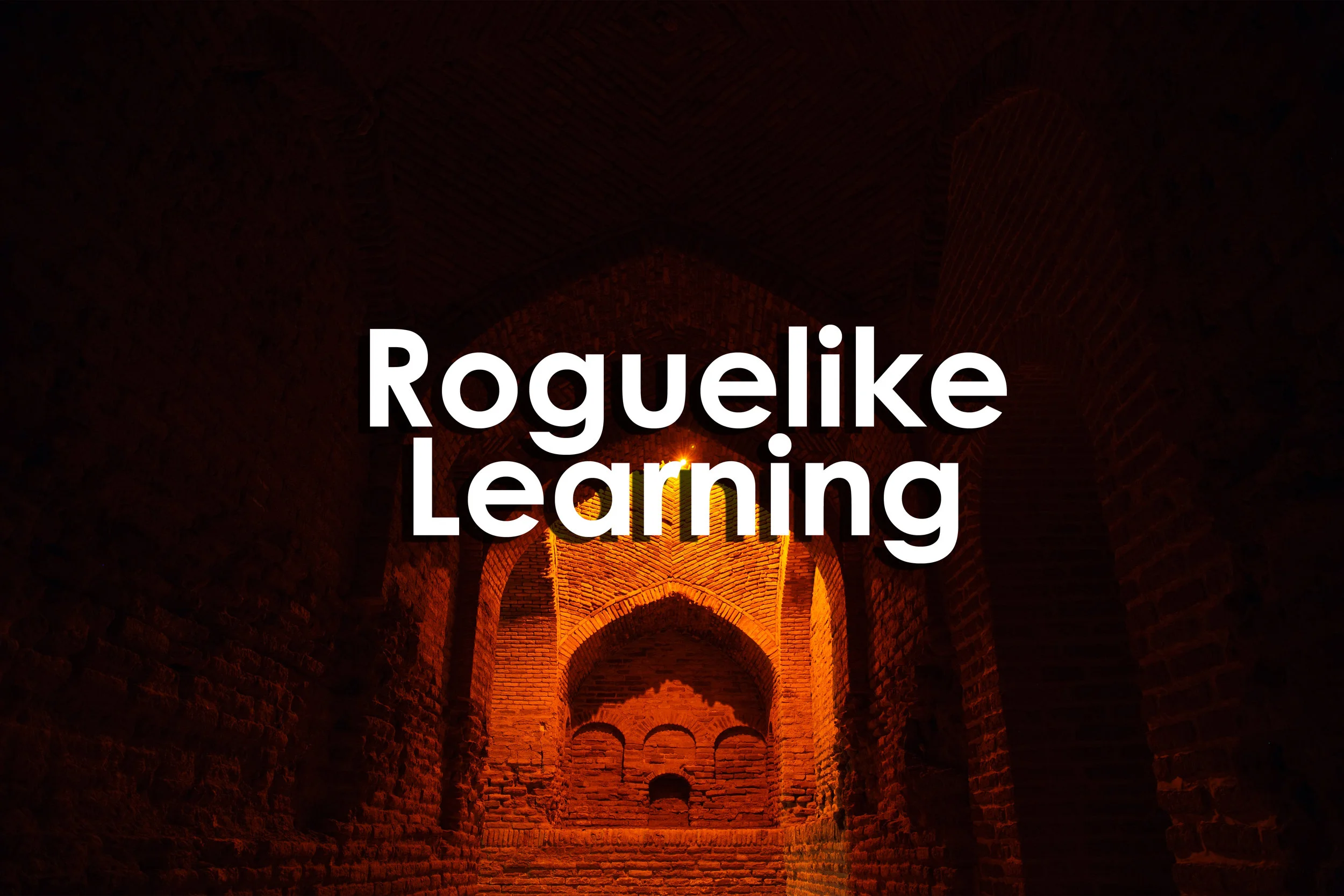This article will answer the question “What is the magic circle?” In addition, it’ll address the magic circle as the “separate and special place” in gaming. Characteristics and locations of the magic circle will be discussed as well as how players cross into the magic circle. Players’ rules and roles within the circle as well as their return to “reality” are covered in this article. Finally, this article closes on using the magic circle in games-based learning as well as some criticisms around its use.
Read MorePlayer interaction is an important characteristic to consider when designing games. The designer has to answer the questions “How is the player going to interact with the game? How will the player interact with other players? what kind of decisions can the player make?” All of these questions should be answered when designing for player interaction. What specific role does player interaction play in game design?
Read MoreThere’s a special appeal to playing really hard games. Games were you have to grind it out over time to get anywhere. A type of those really hard games are called roguelikes. But what makes them hard? What makes them appealing? Most importantly: how can we use the difficulty of roguelike games for games-based learning?
Read MoreGames are a type of work if you think about it. We invest our time in games. We give games our attention and our mental capacities. But why do we do that?
What makes play work? The answer is that great work is also great play. Great play makes us more productive. That means that great games can also help us become better, and more productive, individuals.
Let’s examine game play as work, and why we continue to play games, despite difficulties to the contrary. Part of why we continue to play is because we enjoy the feelings of “competent engagement” that we get from games. This allows us to get more serious about our work. It also affects how we approach game play.
Read MoreNarratives, toys, puzzles, and games all share some similar characteristics. But what makes them different and how do games tie them all together?
Read MoreGames and students have many things in common. One of the biggest commonalities are the type’s people they cater to. There will be the first year introductory courses that enroll mostly college freshmen. There are expansive games like Fortnite that appeal to competitive gamers. In between there are a plethora of different options available for many different types of students and gamers alike.
As a designer and instructor it’s best to understand our players and students. The better we understand them, the better able we are to cater to their needs and fully engage them in learning or play.
Read MoreBlack Mirror’s season five premiere Striking Vipers has an oddly coincidental connection to games and the “lusory agreement” the players follow when playing them.
Read MoreFormal game structures are the cornerstone on which game designers build their experiences. These structures shape what the designer intends to convey and what the player hopes to takeaway. Recognizing these formal structures helps your players define their experience.
Read MoreWhat is a game? What makes a game? Games have been part of human history for many years. But do we even know what we are playing? What makes them fun, interesting, unique, and engaging?
Read MoreThis is a question that never comes up in my presentations: “What makes games so appealing?” Usually people already know the answer. So, they don’t ask the question. Lots of people have different reasons why they play games: because they like the characters or the story. Because they want to escape from their everyday lives (if only for a few minutes). Some like the challenge that games provide while other people like socializing around games. But another reason that makes so appealing? It’s because they are constantly changing.
Read More









